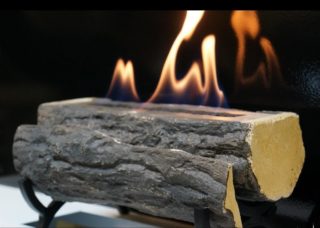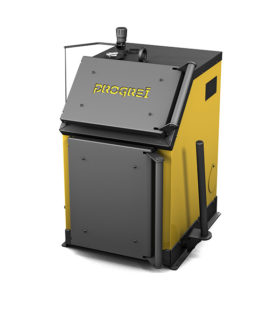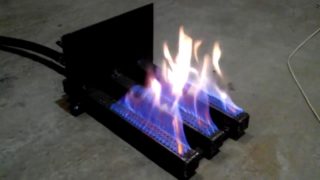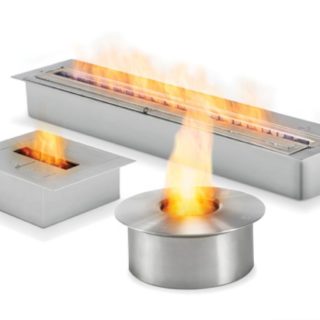Most likely, you have a popularized opinion about the fireplace, which is imposed by books, paintings and films. Tongues of red-orange flame hug the wood in the open fireplace portal, the romantic crackle of burning wood. This fireplace looks very beautiful, but its functionality leaves much to be desired, because it can heat only one room. The arrangement and maintenance of such a fireplace is also quite difficult. But its performance can be significantly affected by the correct selection of fuel.
Fireplace fuel options
Let's take a look at the types of fireplaces and the fuels that go with each one. This information will make it possible to purchase a fireplace with the required characteristics.
Solid fuel boilers
When heating with a wood-burning fireplace, you need to use dried wood and, preferably, deciduous trees. When burned, coniferous wood produces a large amount of soot. Their calorific value is lower than other rocks, and they also crack and scatter coals, and this can lead to fire or damage to the flooring. Birch logs are 20% more calorific than other wood species, but they emit more soot when burned. To burn off the soot deposited in the chimney, you can burn alder or aspen wood in the fireplace. The calorific value of wood fuel is approximately 3300 kcal / kg, but the thickness of the wood should not exceed 10 cm. Thick logs of heat emit less heat and burn out worse.
In order to burn stone or brown coal in the fireplace, it is necessary to improve the firebox - install a cover that will close the firebox and add a grate. Bituminous coal has a calorific value of 600-7300 kcal / kg (it depends on the type of fuel), brown coal - about 4600 kcal / kg. Sorts of coal with a combustion temperature above 1500 ° C are not suitable for a fireplace. Before using coal as fuel - check the capabilities of this model.
Peat is similar to wood in its characteristics. Sod peat, the moisture content of which is not higher than 30%, has a calorific value of 3100 kcal / kg, and briquetted peat - about 4100 kcal / kg. When choosing this type of fuel, it should be borne in mind that peat, when burned in a fireplace, emits a considerable amount of ash.
Fuel briquettes of various shapes made at the factories, which are made by pressing sawdust, have a high density (about 1100 kg / m3), as well as low moisture content (less than 9%). Their use makes it possible to obtain a thermal conductivity equal to 5100 kcal / kg. There are fuel briquettes, impregnated with special compounds, which help to obtain a flame of the required color. In fireplaces with an open firebox, fuel briquettes burn out quickly, so it is better to use them with a closed firebox.
Fireplaces, for which solid fuel is used, need a chimney of a certain length or equipped with a forced exhaust. For this reason, it is not allowed to place fireplaces in the apartment. In theory, fireplaces can be placed in an apartment, but only on the top floor, since it will be possible to bring the chimney through the roof of the building. An improperly constructed chimney can lead to the ingress of smoke into the heated room, therefore it is necessary to control the fireplace insert.
Fuel in pellets
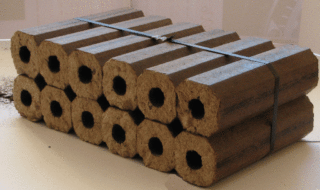
The design of fireplaces operating on this type of fuel is simplified by the fact that a chimney is not required, and an exhaust hood is installed instead. They can be placed on any floor.
The disadvantages of such fireplaces include cost. A fireplace designed for 10 kW of power will cost about 50,000 rubles.
Gas heating
The calorific value of the gas is 8500 kcal / m3, but the efficiency does not exceed 50%. You can increase the efficiency of your fireplace by installing an infrared burner.
Electric fireplaces
Such fireplaces are mostly used as a decorative element. Outwardly, it looks like a wood-burning fireplace. Modern electric fireplaces have screens and speakers in order to display flames with sound.
Biofireplace
The main part of the biofireplace is a block, into which ethanol is poured. Such fuel does not emit any soot or soot during combustion. During combustion, unpleasant odors are absent due to the fact that carbon dioxide and water vapor are combustion products.
These fireplaces are used for decorative purposes only, so their performance is zero.

